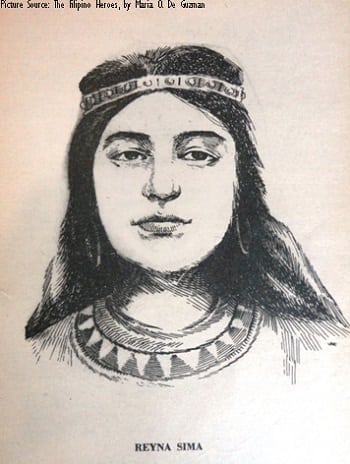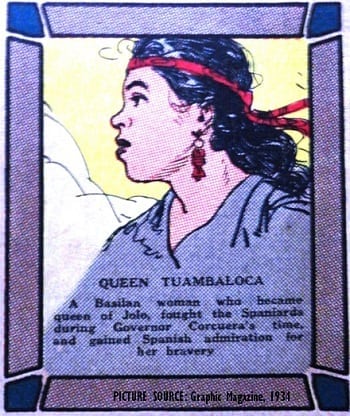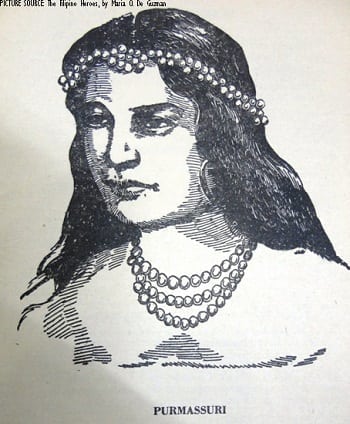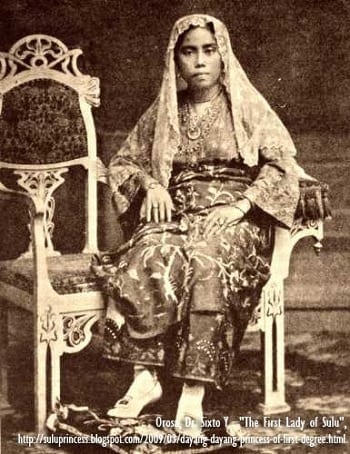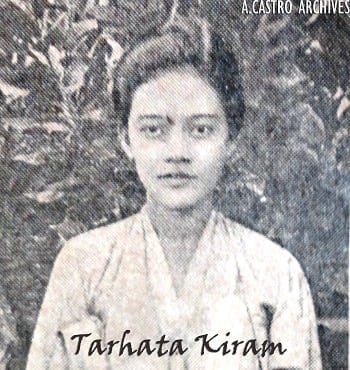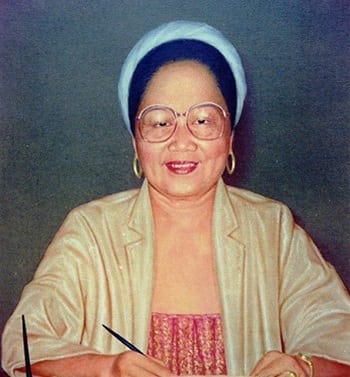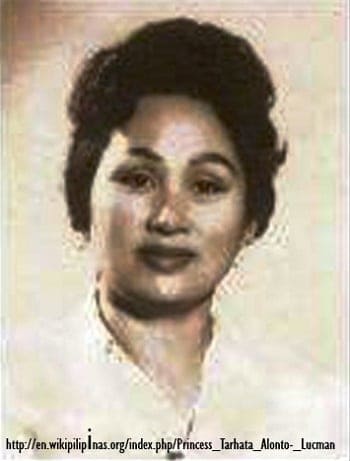8 Filipina Queens and Princesses Too Awesome for Disney Movies
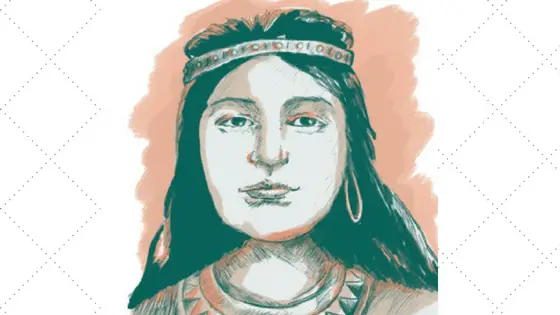
Early Muslim society included the aristocrats–datus, rajahs and sultans–who occupied the top rung of the hierarchy, being also members of the ruling class.
Filipina Muslim royals, on the other hand, had very little freedom, their affairs limited to household activities. However, historical records show that a few exceptional queens and princesses, like those featured on this list, wielded great influence that changed the course of Muslim socio-political history.
Also Read: Meet the Terrifying Moro Warriors and Heroes of WWII
1. Queen Sima of Cotabato
The legendary queen of lower Cotabato (ca. 637) was known for her sense of justice and respect for the law. It was said that an Arabian King wanted to test this quality by commanding a courtier to plant a sack of gold on a road located in Reyna Sima’s kingdom.
Related Article: Princess Urduja and the legendary kingdom of Tawalisi
The foreign king wanted to see if the queen’s subjects would touch the treasure, as there were strict laws against theft. For three years the gold was left untouched, until one day, a prince—Reyna Sima’s own son—saw the sack and felt it with his foot.
The queen was informed of this transgression and immediately ordered that the prince’s foot be cut off. His ministers pleaded mercy for her own son and so, Reyna Sima reduced the penalty to cutting just one toe off the foot of the prince.
2. Queen Tuambaloca of Jolo
This Basilan woman ascended into power when she became the wife of Raja Bongso and became the Queen of Jolo (1649-50). When Gov. Gen. Sebastian Hurtado de Corcuera led his forces in the Moro expeditions that reached Sulu on January 4, 1638, Tuambaloca gained the admiration of the Spaniards for her bravery as she and her husband held off the invaders with their 4,000 warriors.
READ: 6 Badass Filipina Warriors You Never Heard Of
The royals gathered their people on a hill and held their ground. In the end, sickness and hunger took their toll on the holed-up Muslims, resulting in deaths that moved the valiant queen to go down and face the Spaniards, plead for compassion and offer surrender.
3. Princess Purmassuri of Sulu
During the Spanish incursions into Moroland, the Sulu defender named Siri Kala and his trusty leader Sigalo planned to repel the expeditionary forces. However, they realized that with their small army, their chances of victory were slim.
Related Article: 7 Intriguing Filipino Spies in History You Might Not Know
The beautiful Sulu princess Purmassuri came to the rescue. She connived with the leaders to devise a plan against the Spaniards. Purmassuri then went to the Spanish cuartel and used her beguiling charms to meet and entertain the soldiers. With the enemy soldiers distracted, the small Moro army attacked in stealth and claimed victory.
4. Hadji Dayang Dayang Piandao
Sulu’s First Lady was born in 1884 to Hadji Amina and Sultan Baddaruddin. When his father died, he was raised and adopted by his uncle, Sultan Jamalul Kiram, making her an heiress to his wealth. The bright princess mastered the Koran at age 8; at 12, she was an experienced traveler, regularly going on pilgrimages to Mecca, Sandakan, and Singapore.
Dayang Dayang came into her own after her controlling mother died. She then became an excellent administrator (she was a valued adviser of other sultans) and earned a reputation for being a progressive Muslim woman.
READ: 9 Kickass Women in Philippine History You’ve Never Heard Of
She encouraged education for Muslim children and cultivated harmonious Filipino-Christian relations. Dayang Dayang married Datu Ombra Amilbangsa, who, in 1937, was proclaimed Sultan of Sulu by a number of his followers.
5. Princess Tarhata Kiram
Princess Tarhata Kiram was born on May 24, 1906, to Datu Mawalil Atik Kiram. She broke barriers for Muslim women in 1924 when she went to study in the United States as a pensionado, with permission from his uncle, Sultan Jamalul Kiram.
At the University of Illinois, she became a campus figure and took to Western ways—including wearing Flapper dresses. After 2 years, she left the university without obtaining a degree and came home to her people. To the consternation of American officials, Tarhata married the leader of the 1927 Moro revolt, the prince of Jolo, Datu Tahil (she would wed two more times).
Also Read: 8 Extremely Interesting Lesser-Known Battles in Philippine History
The Westernized princess ousted three other rivals from her husband’s home, in defiance of Muslim laws which sanctioned polygamy. In 1927, she denounced the Bacon Bill which called for the separation of Sulu from Mindanao.
To preserve peace in the region, Princess Tarhata gave up her claim on Sabah which her ancestors leased to the British. She also acted as a consultant for Muslim affairs under Rear Ad. Romeo Espaldon. The princess who was way ahead of her time passed away on May 23, 1979.
6. Princess Bai Hadja Fatima Matabay Plang
Honored posthumously as one of the most outstanding Muslim women in 2008, Bai Hadja Fatima Matabay Plang was a Maguindanawan princess, born in Kabacan to parents of royal blood. Plang, like Princess Kiram, became a pensionado scholar in America, and when she returned, she was married off to Salipada Pendatun, a future congressman.
READ: 14 Amazing Filipina Heroines You Don’t Know But Should
It had always been the aim of the princess to provide education to all, and it was for this reason that she founded the Mindanao Institute of Technology (MIT). Built on 1,024 hectares of land acquired from the Americans in the 1940s, the school achieved university status in 1978. Known today as the University of Southern Mindanao (USM), it has expanded to 3 campuses covering over five thousand hectares.
The legacy of Bai Hadja Fatima Matabay Plang, who died in 1984, lives on in this university now recognized as one of the country’s top schools for agricultural education.
7. Princess Tarhata Alonto-Lucman
The first Muslim lady governor of Lanao del Sur, Princess Tarhata was a student prodigy, who at age 6, was accelerated to Grade 4. She ably assisted her father, Alauyo Alonto, a religious leader and politician, by acting as the latter’s English translator and accompanying him in his trips to Manila.
Recommended Article: 34 Facts You Didn’t Know About Philippine First Ladies
She broke Muslim traditions by marrying the man of her choice, Sultan Al-Rashid-Lucman. During the Martial Law years, she became a staunch critic of Marcos and since 2001, has become a leading light for her fellow Muslims in Lanao del Sur.
Also Read: The 10 Most Incredible Filipina Warriors of WWII
8. Princess Emraida Kiram
In 1967, Emraida Kiram a.k.a. Vivienne Lee Austria had the two-fold of honor of becoming the first Miss Philippines to compete in the Miss World, and the first Muslim woman to win a national beauty title.
READ: 5 Fascinating Facts About Pinay Beauty Queens
She was the daughter of Sultan Omar Kiram (cousin of Tarhata Kiram, adopted by a Christian and given the name Vicente Austria) and Nellie Lee Kelly, a Filipina-American. A holder of 4 college degrees (Journalism, English, Philosophy, and Bachelor of Law), Emraida also took her Master of Laws in Madrid and London and found work at the University of Wisconsin.
Princess Emraida is married to Segismundo Gata with whom she has two children.
About the Author: Alex R. Castro is a retired advertising executive and is now a consultant and museum curator of the Center for Kapampangan Studies of Holy Angel University, Angeles City. He is the author of 2 local history books: “Scenes from a Bordertown & Other Views” and “Aro, Katimyas Da! A Memory Album of Titled Kapampangan Beauties 1908-2012″, a National Book Award finalist. He is a 2014 Most Outstanding Kapampangan Awardee in the field of Arts. For comments on this article, contact him at [email protected]
References
(1936). Graphic Magazine.
De Guzman, M. (1967). The Filipino Heroes (Ang Mga Bayaning Pilipino). National Bookstore.
Haddad, Y., & Esposito, J. (1998). Islam, Gender, & Social Change (p. 211). Oxford University Press.
MindaNews,. (2008). Moro women, second to none. Retrieved 16 August 2015, from http://goo.gl/jQPuEn
Nuyda, D. (1980). The Beauty Book. Mr. & Ms. Publishing.
Orosa, S. (1917). The First Lady of Sulu. The Philippine Review, 2(1).
FilipiKnow
FilipiKnow strives to ensure each article published on this website is as accurate and reliable as possible. We invite you, our reader, to take part in our mission to provide free, high-quality information for every Juan. If you think this article needs improvement, or if you have suggestions on how we can better achieve our goals, let us know by sending a message to admin at filipiknow dot net
Copyright Notice
All materials contained on this site are protected by the Republic of the Philippines copyright law and may not be reproduced, distributed, transmitted, displayed, published, or broadcast without the prior written permission of filipiknow.net or in the case of third party materials, the owner of that content. You may not alter or remove any trademark, copyright, or other notice from copies of the content. Be warned that we have already reported and helped terminate several websites and YouTube channels for blatantly stealing our content. If you wish to use filipiknow.net content for commercial purposes, such as for content syndication, etc., please contact us at legal(at)filipiknow(dot)net
